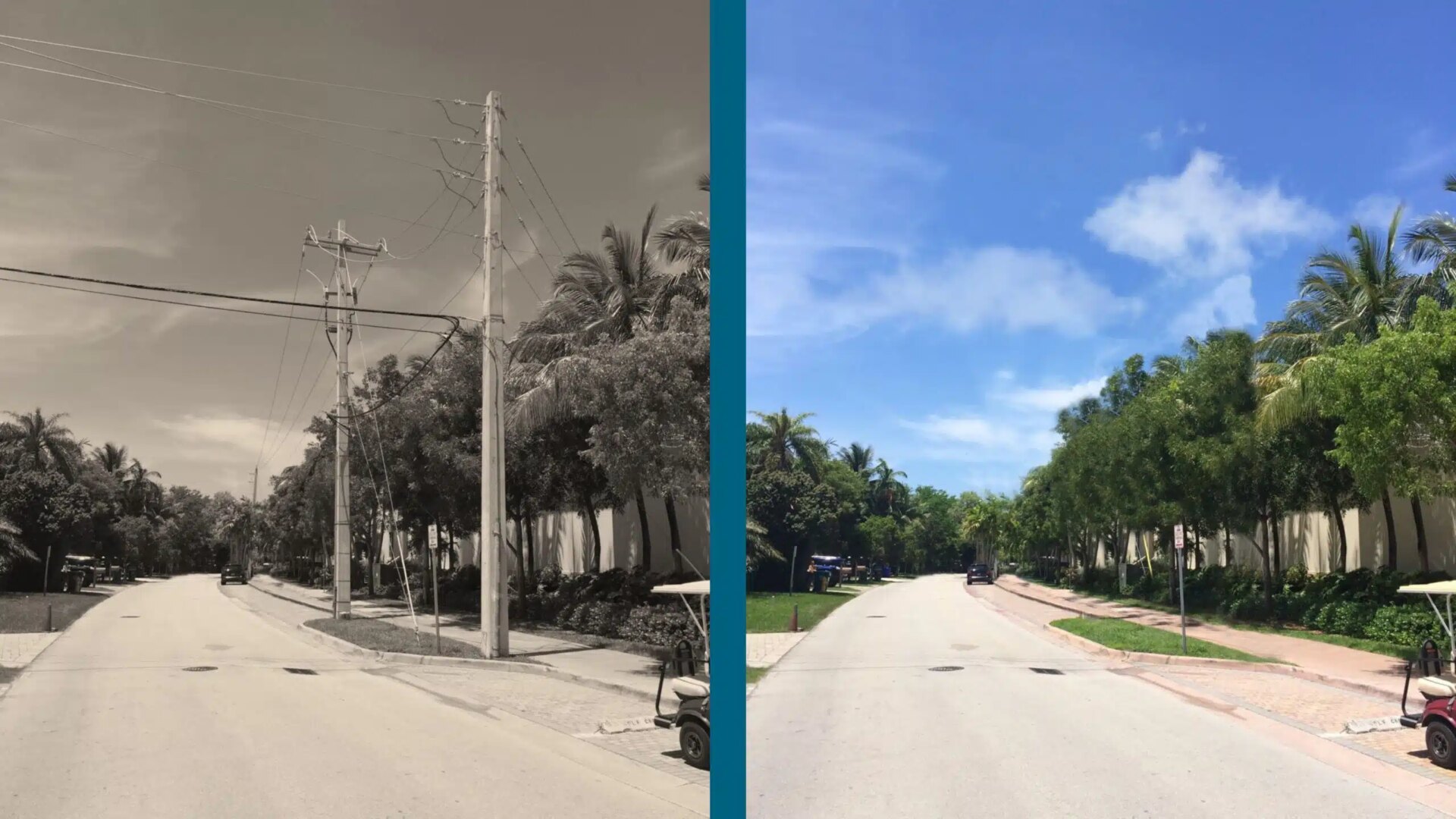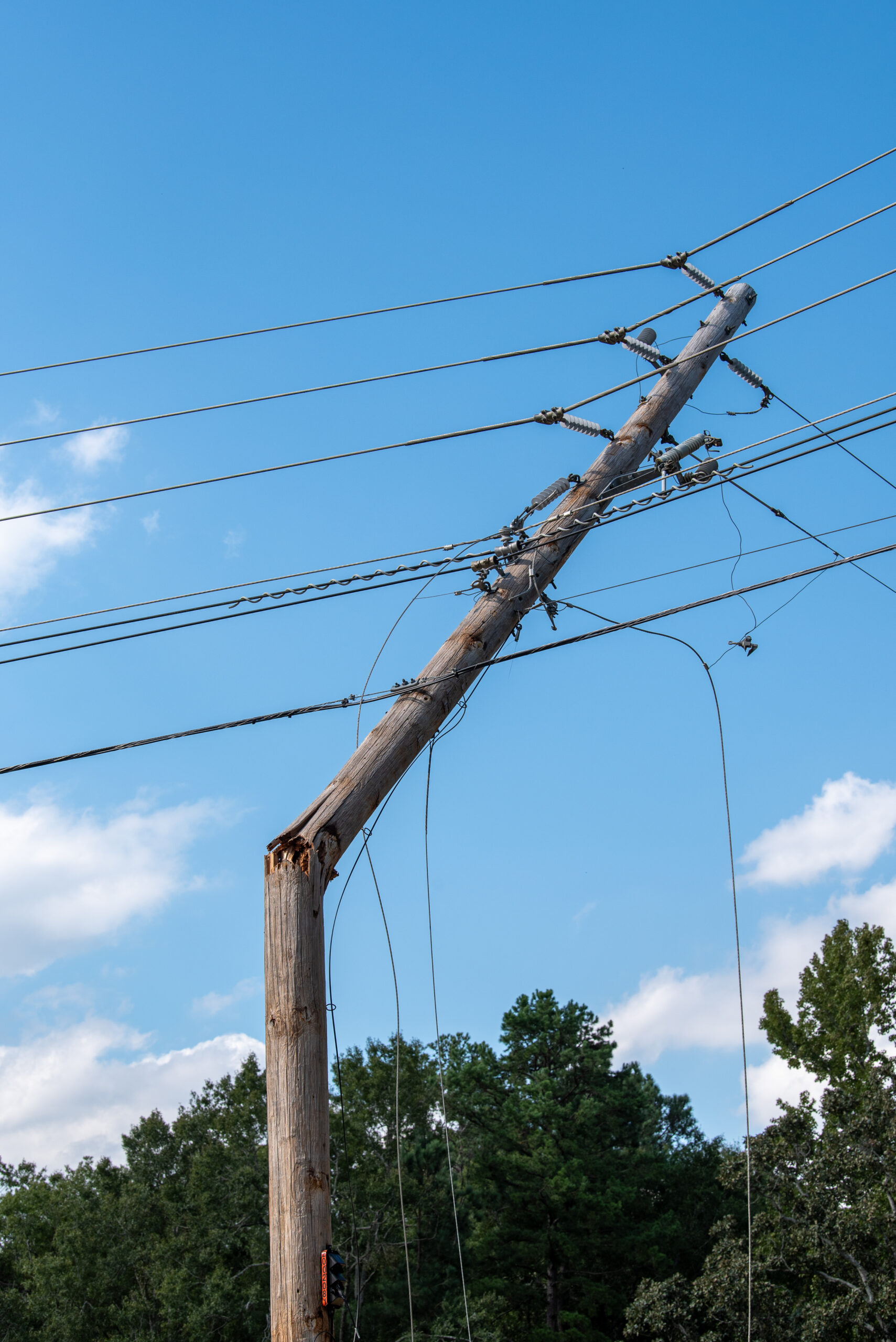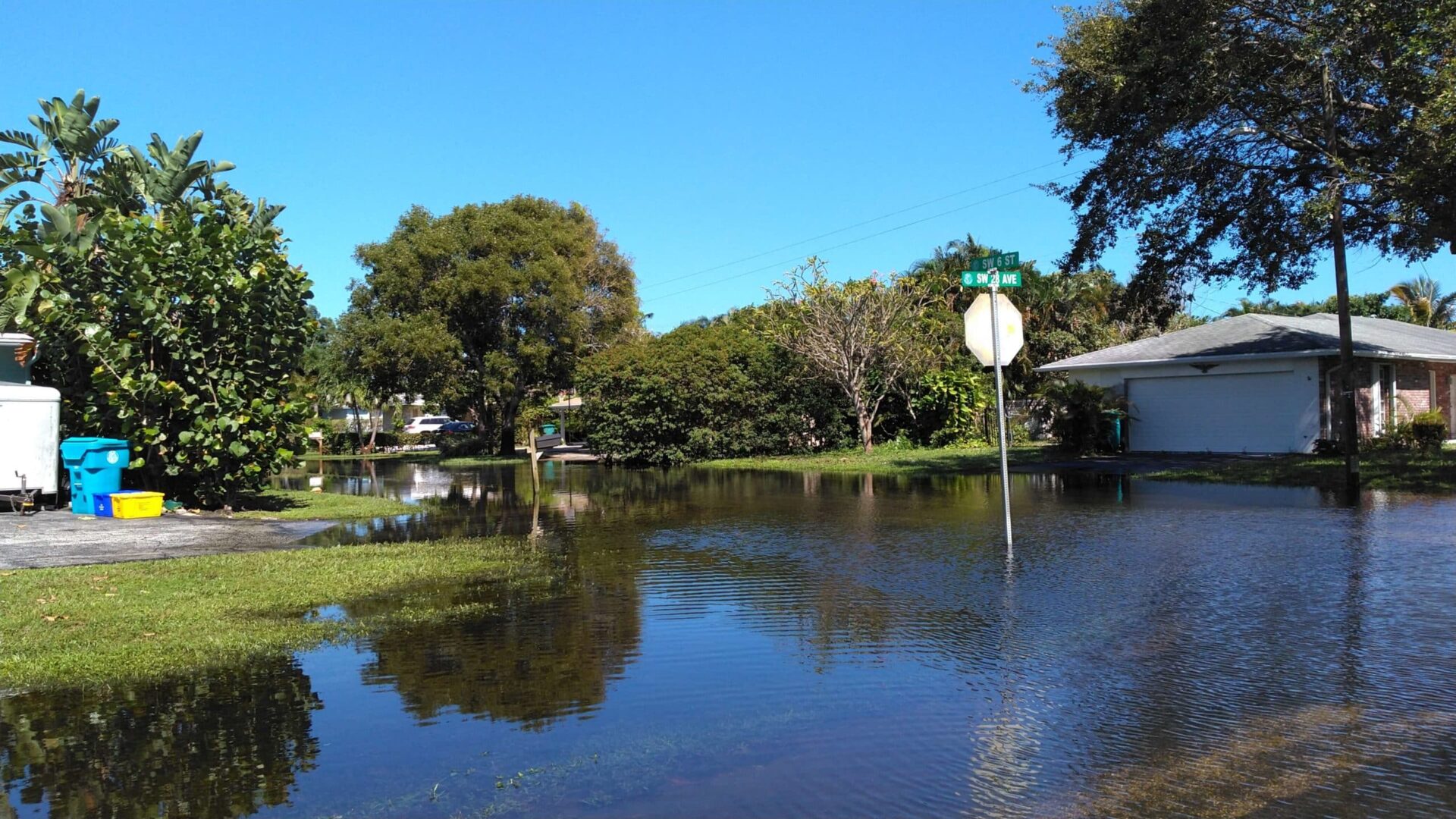Undergrounding: The Hidden Helper of Disaster Prep

The next time your lights stay on after a raging thunderstorm, ice storm, or wildfire, it may be thanks to what you don’t see.
Electric utilities across the country are continuing to undertake what the industry calls “undergrounding.” The simple definition means to relocate overhead power lines to an underground location. The complex reality of the process, however, takes years to accomplish through the performance of many steps:
- Evaluating technical feasibility
- Researching legislation and state funding allocations
- Determining and assessing funding programs for project eligibility
- Researching assessment methodologies and other funding mechanisms
- Performing a survey of the project area
- Investigating the locations of existing utilities
- Coordinating with the owners of aerial facilities
- Preparing a design
- Securing necessary easements and rights of way
- Permitting
- Selecting a contractor to install the new systems
- Coordinating with utility owners who will own the new underground facilities
- Energizing the new system while keeping the existing overhead system in operation
- Converting customer connections from the overhead system to the new underground system
- Removing the decommissioned aerial facilities
Undergrounding Resilience Stories
Undergrounding received additional recognition in the aftermath of Hurricanes Helene and Milton in 2024. A testament to the performance of underground power is the Babcock Ranch community, which Kimley-Horn helped design, just east of Fort Myers. It never lost electricity during Hurricane Milton, in part due to underground power built from the start of the development.
Furthermore, Florida Power & Light (FPL) has made a notable investment in undergrounding infrastructure—working on 3,000 Storm Secure Underground Program projects across the past 6 years and relocating 90 miles of power lines underground in the northwest part of the Sunshine State. This resilience plan has been beneficial, as FPL noted that 2024 was a record-breaking year for system reliability—particularly meaningful considering the paths of Hurricanes Milton and Helene impacted much of FPL’s service territory.
Beyond Infrastructure Reliability
Undergrounding projects also carry safety and aesthetic benefits. Many early US undergrounding projects were primarily driven by community beautification initiatives. Today’s new residential and commercial developments almost always have underground power and communication systems, either by developer choice or municipal mandate. Landscape design options increase when overhead power lines do not limit the types of trees that can be planted. Plus, scenic vistas open up without obstructions from utility poles and lines.
From a safety perspective, humans and animals are far less likely to contact electrified lines when they are underground. For instance, states have stringent requirements to “call before you dig” to protect residents and workers from contacting underground power lines and other utilities. However, every year people are electrocuted when trimming trees around overhead power lines. Toppled overhead power lines can also create a hazard until the utility owner can safely de-energize them and restore them.
It’s Not Just Florida That Benefits From Underground Power Lines
Utilities across America have been investing in undergrounding power lines for years. In 1970, the City of San Diego began a program to convert all its power lines underground. In 2021, Hilton Head, South Carolina, also completed a 17-year program to underground 115 miles of power lines. In the summer of 2025, Consumers Energy announced early successes related to their undergrounding pilot program in Michigan to mitigate storm damage from heavy snow and ice. Underground Power Line Pilot Program Proves Highly Effective Against Recent Severe Weather – Michigan Business Network. Additionally, California’s SB 884, which went into effect in early 2023, will accelerate the placement of power lines underground to mitigate wildfire risks.
Navigating Funding Options
Funding for undergrounding projects largely depends on fees added to customers’ utility bills, special assessments, bond sales, capital improvement funding, commercial bank loans, or combinations of these depending on the type of entity sponsoring the project. Developer-sponsored projects are generally funded by investor proceeds, non-ad valorem taxes, or commercial bank loans.
Thanks to the proven performance of undergrounding, the federal government also has resiliency grant programs to help local communities fund their projects. For example, the Federal Emergency Management Agency has helped to fund undergrounding through programs such as the Hazard Mitigation Grant Program.
The Grid Hardening State/Tribal Formula Grant Program also has supported stable, resilient energy infrastructure across the United States—providing an additional funding alternative for states, territories, and tribes that want to pursue undergrounding.
The United States Department of Housing and Urban Development’s Community Development Block Grant Program – Disaster Recovery (CDBG-DR & Mitigation) has supported projects that harden electric grids (including undergrounding power lines) and even bury utility lines as part of resilient development. This program focuses on long-term recovery through restoring and improving infrastructure.
A variety of state and local funding opportunities for undergrounding projects may also be available in your area. As for federal grants and programs, our grant professionals closely monitor legislative developments and will continue to keep clients informed about potential funding opportunities as they become available.
Challenges of Undergrounding Power Lines
In Kimley-Horn’s experience, as of 2025, undergrounding in the built environment can generally cost $3 million to $5 million per overhead pole-mile, including the cost of converting aerial communication cables underground. Some projects can cost less, and others may cost more, depending on a wide variety of project-specific factors and circumstances. Undergrounding also requires more planning, stakeholder coordination, time to install, and specialized equipment than overhead infrastructure installation.
Furthermore, underground lines can be negatively impacted by flooding and storm surge and can require more time to repair than above-ground lines. Some utilities have reported mixed reviews when comparing the resilience of overhead power lines to underground ones, particularly in instances where the storm events included significant storm surge and flooding.
However, undergrounding may still be the right choice for many communities. Experts should assess available options and balance projected costs and risks with the benefits from underground power systems’ increased safety, reliability, aesthetics, and resiliency.
So, the next time your home and local businesses weather a storm with continued power and communication service, look up. If you don’t see aerial lines, an undergrounding project may be to thank.




